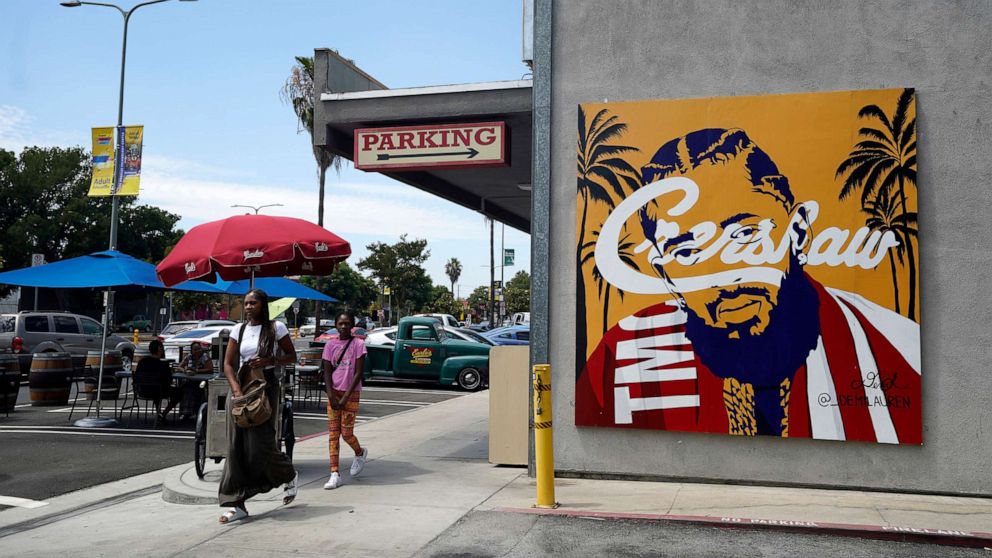Crenshaw celebrates Nipsey Hussle's legacy as the trial of his accused killer winds down
Nipsey Hussle, known as “Neighborhood Nip,” dedicated his life to building the streets of Crenshaw in South Los Angeles where he grew up. It is on those streets where the rapper, whose full name is Ermias Asghedom, was killed on March 31, 2019.
Eric Holder Jr., an acquaintance of Hussle and an aspiring rapper from the same neighborhood, was arrested and charged with his murder.
Closing arguments in the trial of Holder began on Thursday. Holder pleaded not guilty to first-degree murder and his attorney, Aaron Jansen, has argued that while Holder did fatally shoot Hussle, it was a crime of passion and not a premeditated act. If Holder is convicted, he faces life in prison.
“Mr. Holder has always been willing to accept responsibility for the charge of voluntary manslaughter for the life he took,” Jansen told ABC News in a statement.
Herman “Cowboy” Douglas, who was the manager of Hussle's Marathon Clothing store at the time, knew the rapper since he was a teenager and is one of the last people to speak with Hussle before he was fatally shot.
“It always replays in my mind constantly,” Douglas told “Nightline,” reflecting on Hussle's death.
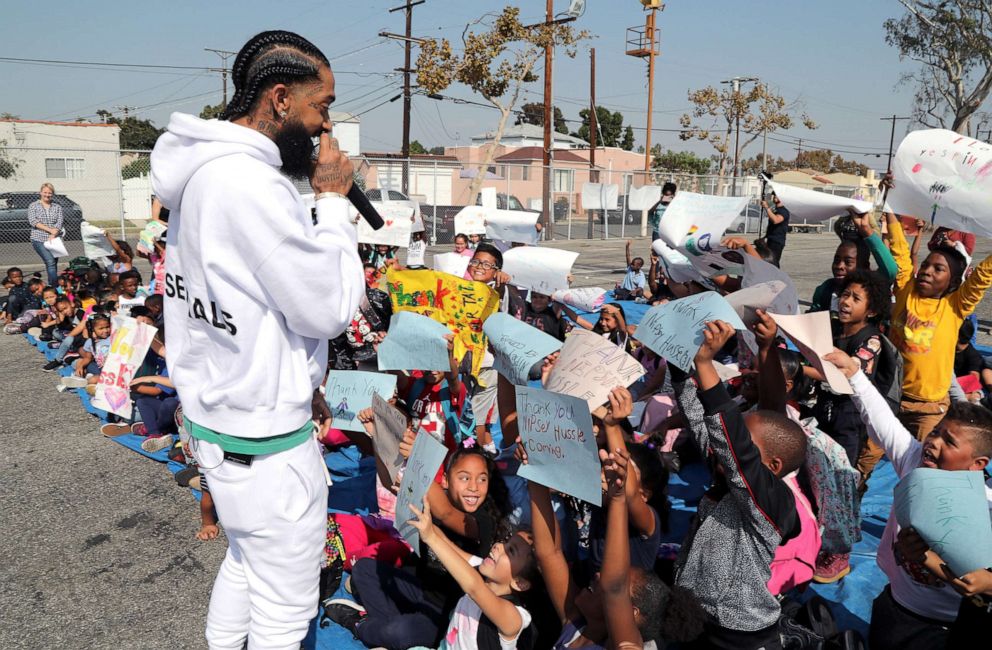
Hussle was an artist, an entrepreneur and an activist who was deeply dedicated to his community. He died at age 33 after he was shot multiple times in the head and torso while standing outside his clothing store, Marathon Clothing, near LA's Crenshaw District, where he grew up. He was rushed to a local hospital, where he later died.
He was a father to two children, a daughter Emani and a son Kross with his girlfriend, actress Lauren London.
The flagship Marathon Closing store is closed but has remained a memorial site for the rapper. His family plans to open a new Marathon Clothing store to honor his memory.
Malik Spellman, a community organizer who knew Hussle, said that he was going to meet with the rapper the day he died to discuss business investments and buying land when he learned of a commotion in the neighborhood.
“I thought it was a fire,” Spellman said.
But soon after, he realized that Hussle had been shot and saw paramedics working to resuscitate him.
“I looked through the fence and I seen a little brother making his transition from Earth to the hereafter,” he said.
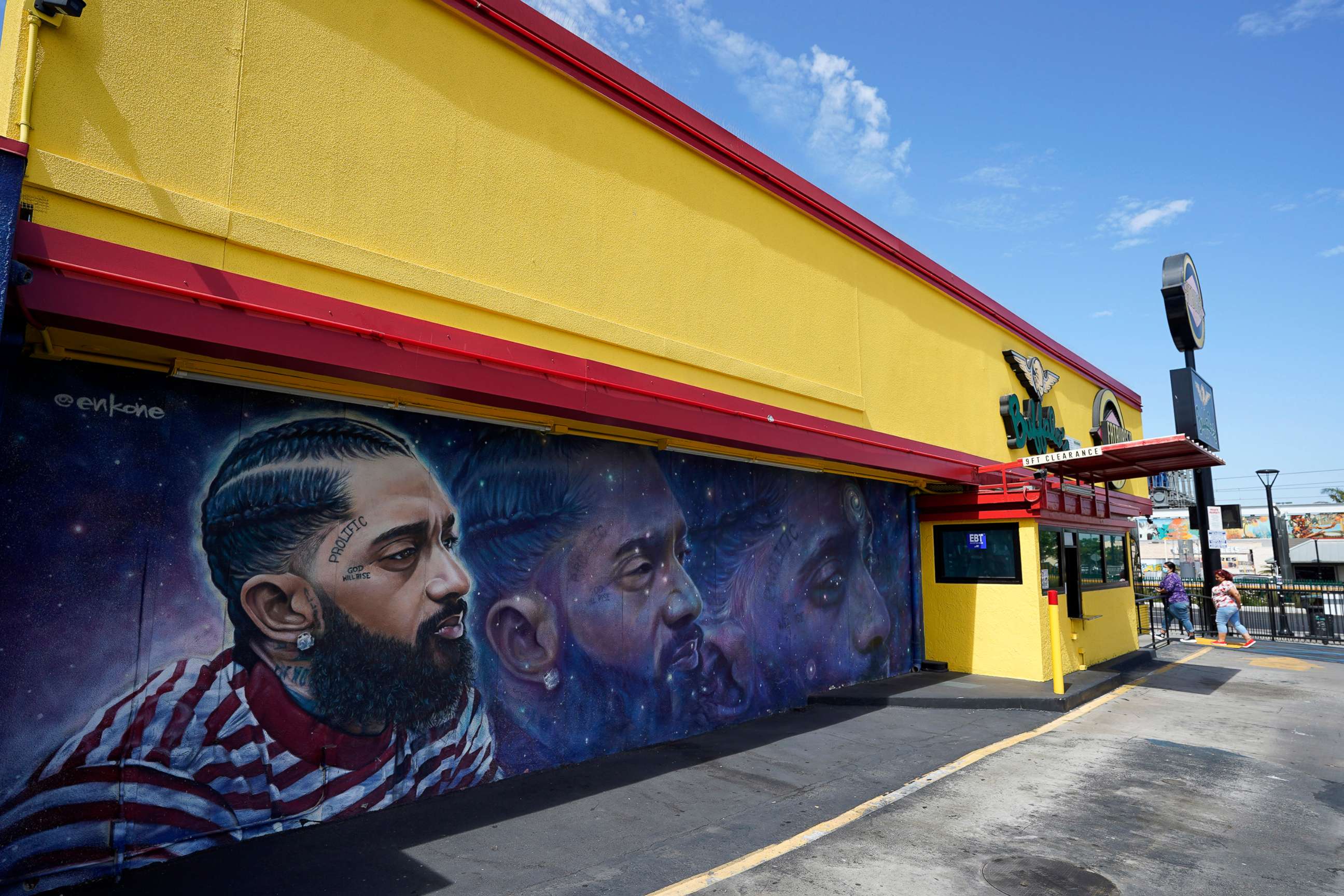
Los Angeles city council member Marqueece Harris-Dawson told “Nightline” that Nipsey was a “giant in the community.”
“It was impossible to live here and be active in the community and not know who Nipsey was and brush shoulders with him,” Harris-Dawson said.
Hussle was on the cusp of superstardom when he was killed. But activists say he never turned his back on his community.
He supported Black-owned businesses and dedicated his life to building the streets of Crenshaw by buying businesses and investing in a neighborhood that had been plagued by gang violence and poverty caused by decades of divestment.
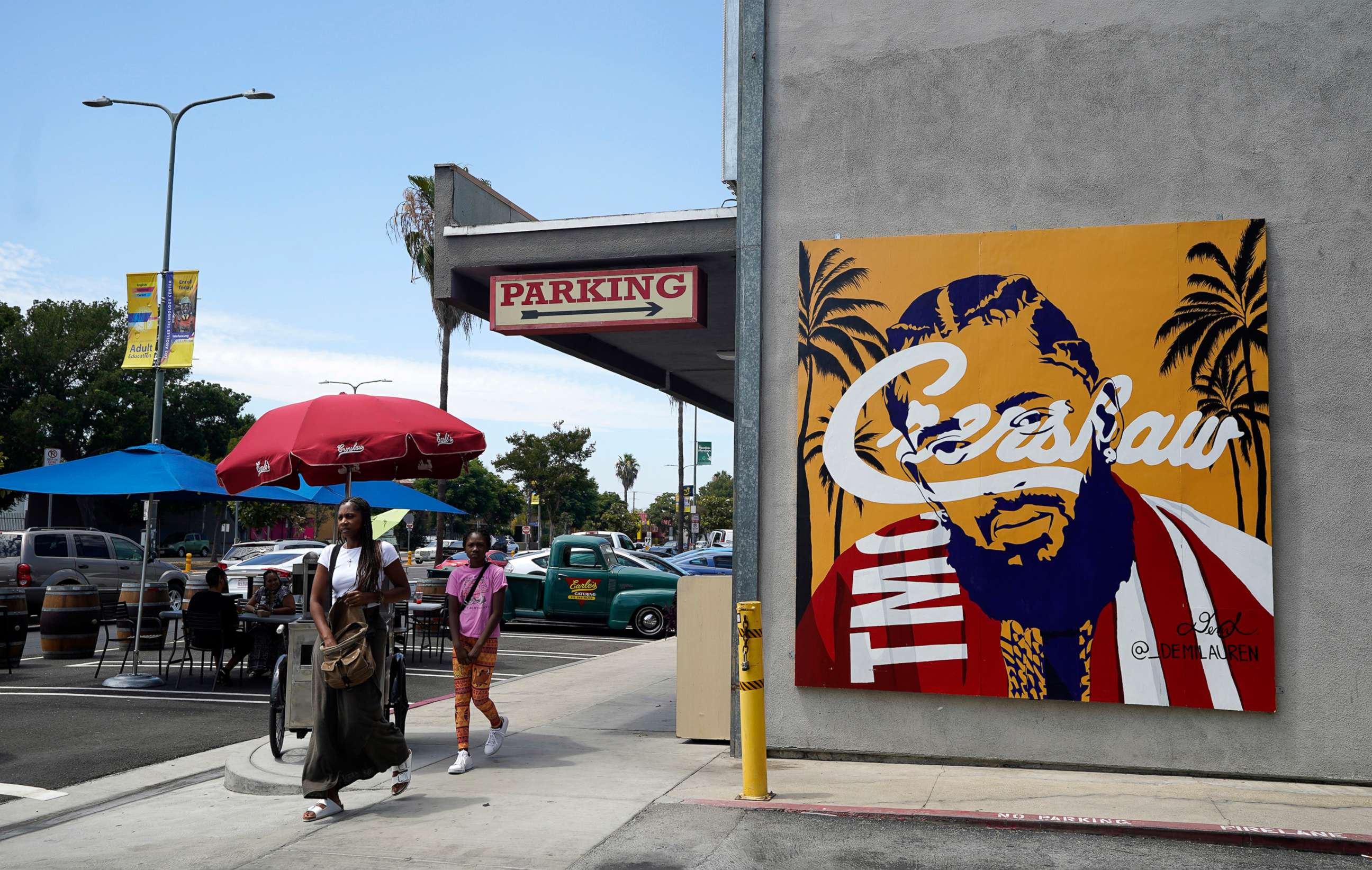
Harris-Dawson is now working to complete Destination Crenshaw – a 1.3-mile open-air museum showcasing art and culture to revitalize and recognize Black Los Angeles.
It was a project that was close to Hussle’s heart and one that was inspired by his vision – making Crenshaw a destination, Harris-Dawson said.
Since he was a teenager, Hussle had been talking about the importance of buying back the block and having influence over the development of one's community.
“I watched multiple businesses open up and fans tell me how much he inspired them to go to school,” Douglas said.
“For me to watch the ones that really could make a difference die. That's what hurts,” he added.
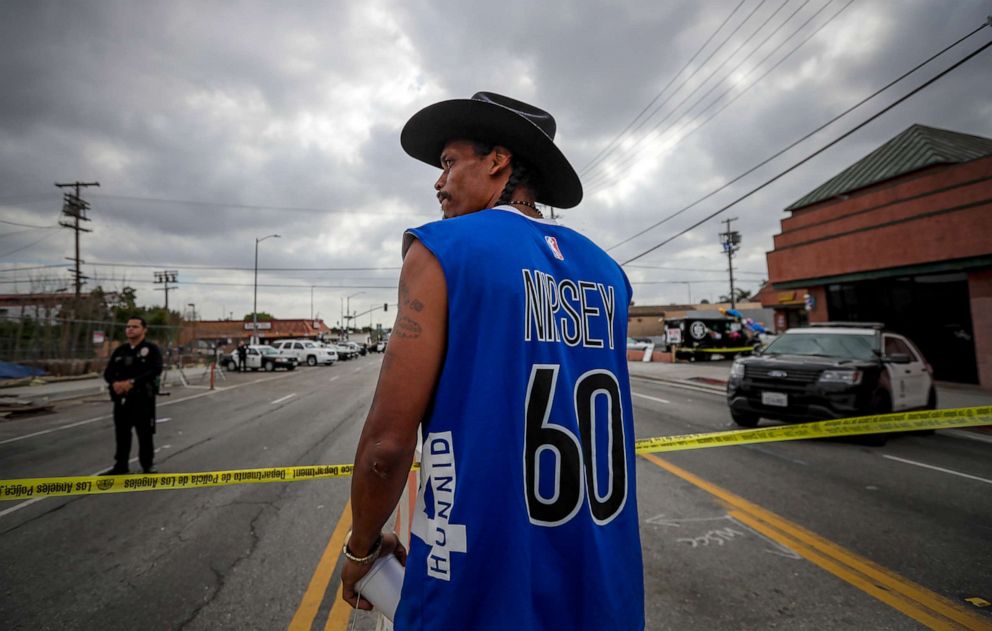
Douglas, who testified as a witness in the trial, said he did so because it was important for him to set the record straight. Several witnesses who were subpoenaed did not show up in court.
Prosecutors argued that Holder allegedly planned to shoot and kill the rapper after the two got into a verbal confrontation over allegations that Holder was a “snitch.”
“There’s a range of consequences for people who snitch, but no gang member wants to be considered a snitch. It’s highly offensive to any gang member,” said Deputy District Attorney John McKinney at the trial.
Both Hussle and Holder belonged to the same gang, the Rollin 60s of the Crips, but in the last years of his life, Hussle had worked to stop the violence and broker peace between rival gangs.
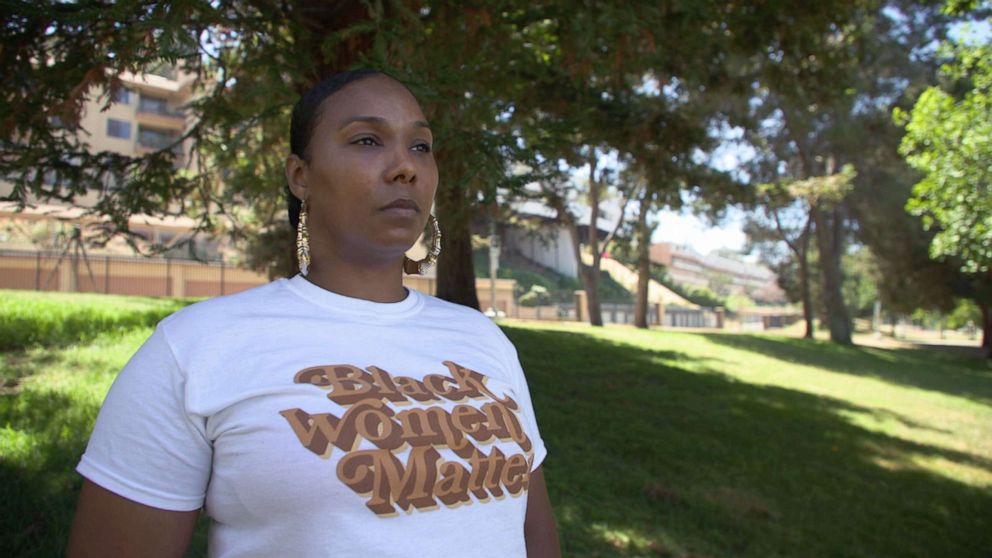
LaTanya Ward, a community organizer, is from the neighboring Baldwin Village, known as The Jungles, which is only a five-minute drive from Slauson and Crenshaw.
Ward, who was affiliated with the Black P Stones Blood gang, said that Hussle’s tragic death was felt by members of both the Bloods and the Crips and for her, the common grief was an opportunity to bring them together.
“I went on my Instagram and I saw that the Bloods and the Crips I follow were all equally sad,” she told "Nightline." “So I just felt like it was like a good opportunity to basically play on that.”
Ward organized a peace march in Crenshaw in 2020 and said members of gangs from all over Los Angeles attended.
“It was just unreal,” she said.
“That was the first time I seen in a hood a lot of people don't get along but for Nip, we all came together,” Douglas said.
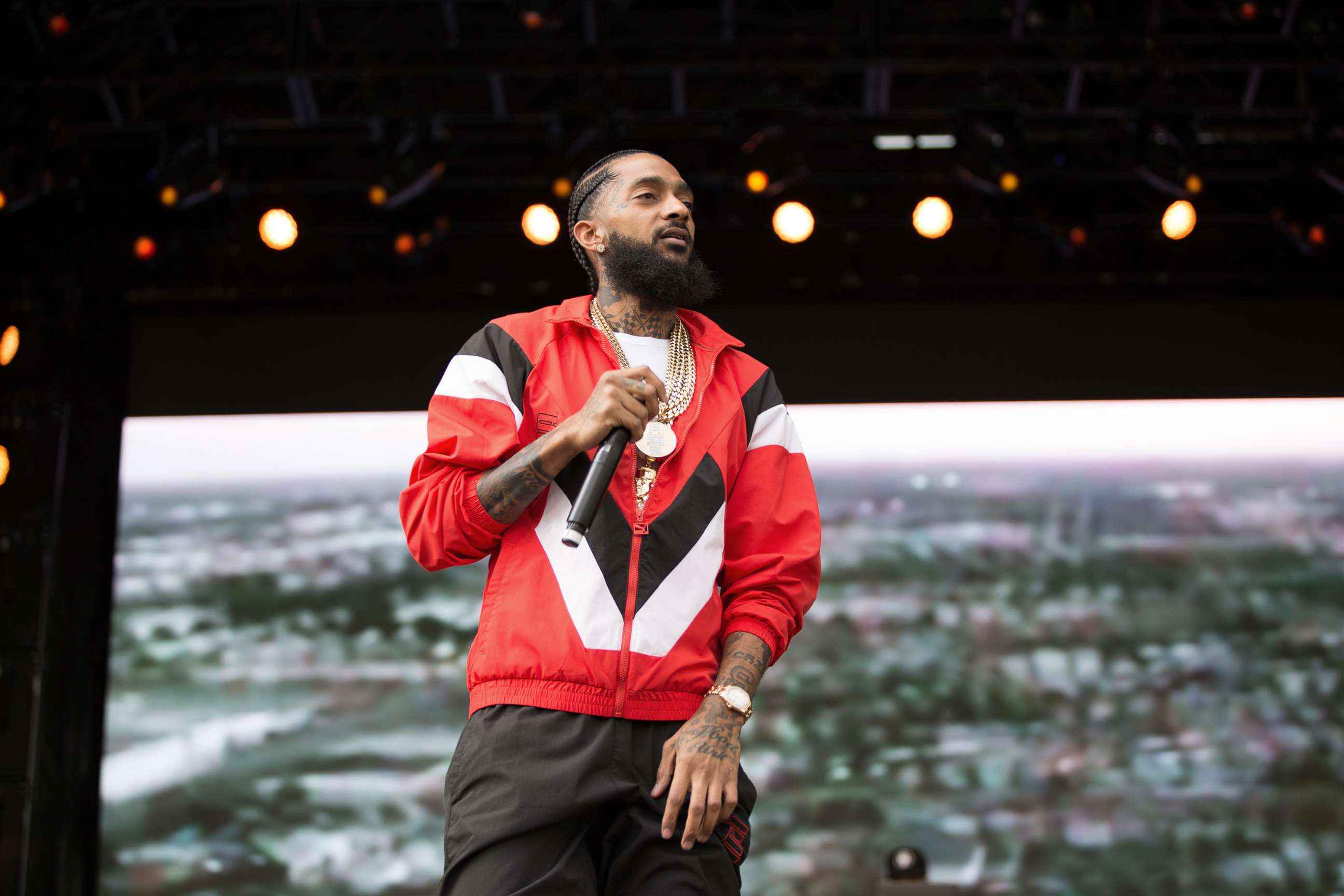
Murals of the rapper popped up in cities around the country after his death. Former President Barack Obama wrote a heartfelt letter that was shared during Hussle’s memorial service and his musical talents were recognized with two posthumous Grammy awards.
“I said to myself, 'They killed Nipsey, but they can't kill the idea,'” Spellman said.
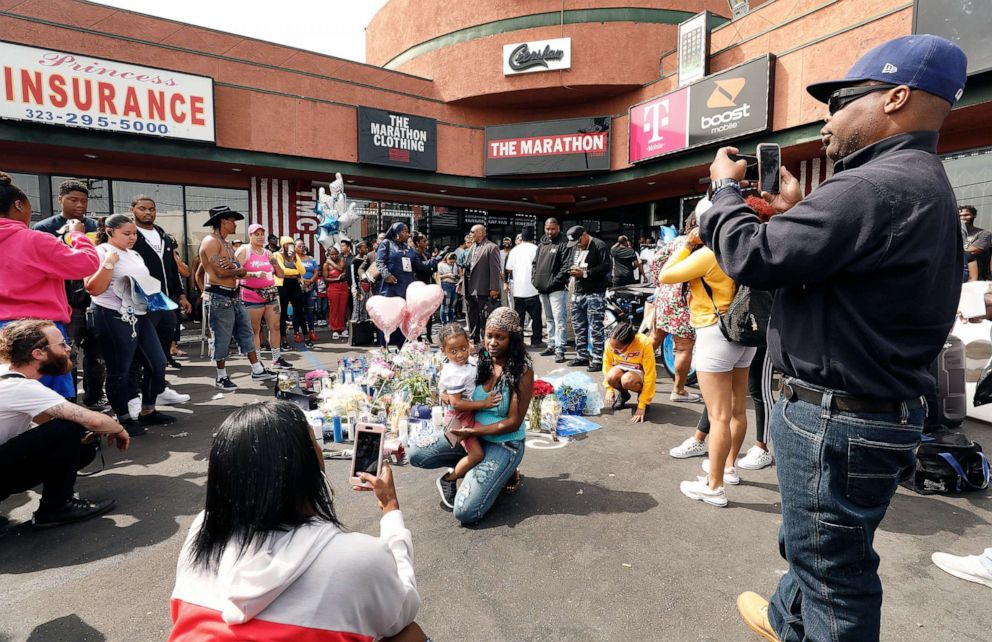
For Ward, who now leads healing circles for former gang members, this means continuing her peace work.
“People's energy is stronger in death,” she said. “It just lit a fire under me.”
“[Nipsey Hussle] did his part,” she added. “And I think that people should take a note just from that.”
ABC News' Jessica Hopper contributed to this report.
